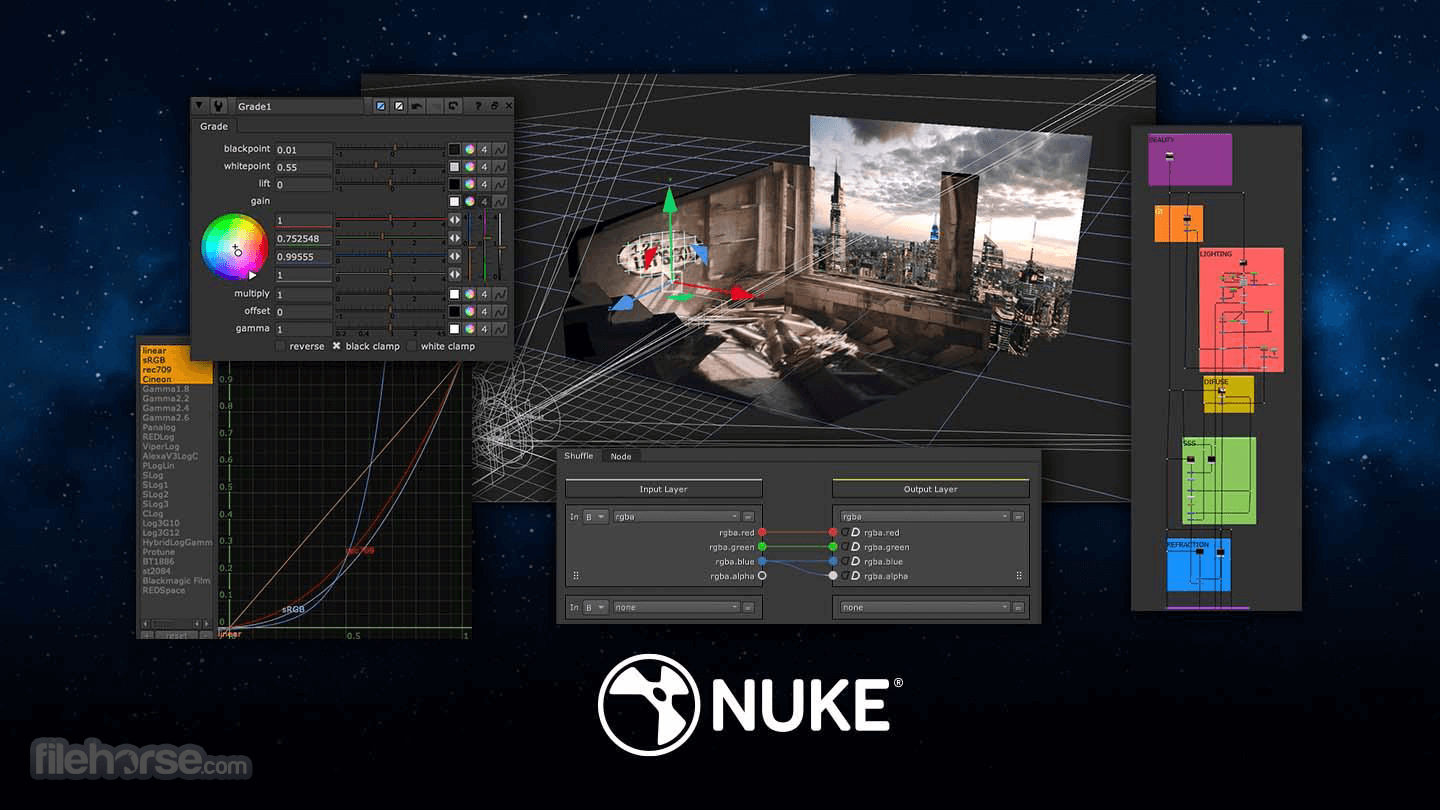

Nuclei with Z > 82 Z > 82 are unstable and decay naturally. In γ γ decay, neither the atomic number nor the mass number changes, so the type of nucleus does not change.

Where the asterisk (*) on the nucleus indicates an excited state. According to the Heisenberg uncertainty principle in Quantum Mechanics, the uncertainty of the momentum of the electron is: To obtain a rough estimate of the escape energy, consider a simplified model of an electron trapped in a box (or in the terminology of quantum mechanics, a one-dimensional square well) that has the width of a typical nucleus ( 10 −14 m 10 −14 m). How does β β decay occur? A possible explanation is the electron (positron) is confined to the nucleus prior to the decay and somehow escapes. For this reason, a positron is sometimes called an antielectron. A positron has the same mass as the electron, but its charge is + e + e.

In most β β particle decays (or beta decay), either an electron ( β − β −) or positron ( β + β +) is emitted by a nucleus. The 235 U 235 U nucleus can be left in an excited state to later emit photons ( γ γ rays). The energy carried away by the recoil of the 235 U 235 U nucleus is much smaller due to its relatively large mass. Most of this energy becomes kinetic energy of the α α particle (or 4 He 4 He nucleus), which moves away at high speed. The energy released in this α α decay is in the MeV range, many times greater than chemical reaction energies.

Cell biologists, geneticists, pharmacologists, molecular biologists, biochemists, and students taking related courses will find the book invaluable.E = ( 0.005631 ) ( 931.5 MeV / c 2 ) ( c 2 ) = 5.25 MeV. The book further tackles nuclear bodies as functional indicators in the target cells of sex steroid hormone and the functional implications of nuclear glycoproteins and glycosaminoglycans. The nucleocytoplasmic transport of mRNA the nucleocytoplasmic transport of ribosomal subparticles and the rnp particles involved in release of in vitro synthesized poly(a)-containing RNA in isolated nuclei are also considered. The text also demonstrates the two-dimensional gel electrophoresis of nuclear particles and immunocytochemistry of nuclear hnRNP complexes the enzymatic activities associated with hnRNP and the digestion products of nuclear ribonucleoprotein. The book describes the characteristics and structure of nuclear 30 S RNP particles as well as the composition and general topology of RNA and protein in monomer 40 S ribonucleoprotein particles. The Cell Nucleus, Volume IX: Nuclear Particles, Part B discusses "splicing", "processing", and the controls of transcriptional and transport events which must be essential to cells that are either growing or are phenotypically differentiated. Cell biologists, geneticists, pharmacologists, molecular biologists, biochemists, and students taking related courses will find the book invaluable.


 0 kommentar(er)
0 kommentar(er)
